Optolong L-Pro Review & Sample Image downloads
Some people love Light Pollution (LP) filters, others despise them. I’m sure there is a long history of filters that may have made things worse rather than better, but if you ask us, it’s time to change some opinions of LP filters and learn to enjoy them when they’re useful.
Our backyard skies are rated from Bortle six to Bortle eight… leaning more towards Bortle 8 with some recent expansion and developments in our area. Shooting OSC or RGB color is proving to be extremely difficult – even on a new moon. Short of just admitting defeat and shooting broadband only, we decided to buy an Optolong L-PRO and give it a run-through.
This guide will be a living document as we image and share our experiences with this light pollution filter. As always, we love hearing feedback from readers. Let us know about your experiences!
Optolong L-Pro
The Optolong L-Pro filter is a light pollution filter optimized around reducing sky glow and common city light pollution bandpass ranges. The filter is designed to enhance contrast and we must say, it does amazingly well.
We’ve only been able to test it in our backyard in the “worst of skies” and the weather hasn’t fully cooperated, however, we do agree it does an excellent job with contrast. We’re working on some dark nebula imaging that would have otherwise been impossible in our backyard and it does make the dark nebula pop.
Emission Lines
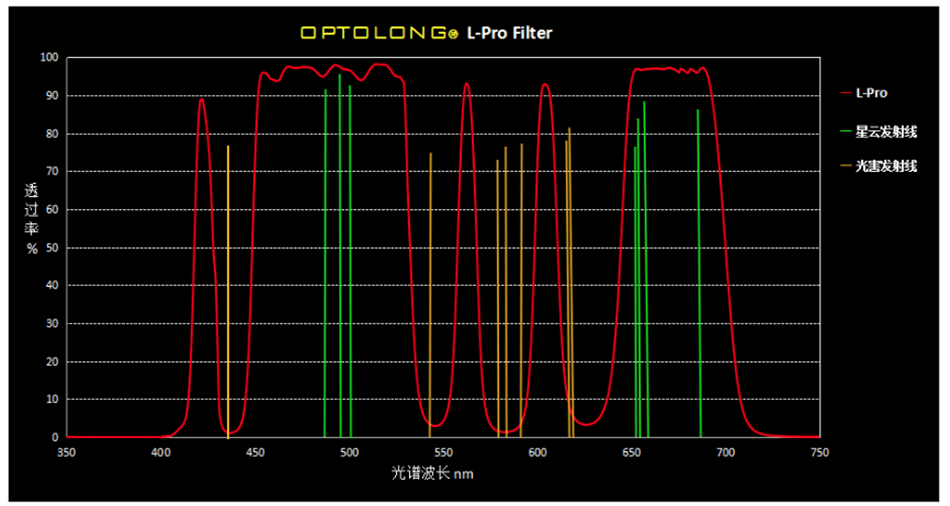
Best Uses:
Galaxies, Reflection Nebula, Star Clusters, Globular Clusters and Dark Nebula imaging.
Test Rig
- Esprit 120
- Apex L .65x Reducer F 4.55/545FL
- ASI2600MC Pro
- Optolong L-Pro 2″ inside ZWO EFW
Telescope sits on an EQ6R Mount in our backyard observatory currently. Images we’re all acquired through NINA 1.11 Nightly Build.
Andromeda M31 imaged with L-Pro
Imaged October 24th, 2020 – near 50% moon.
Bortle ~8 skies – North Austin
140 subs at 90 seconds each at 0 gain on an ASI 2600MC pro – I’d like to try and do another shot at Unity gain with 140 subs and see how/what kind of differences come up. (I will update this post If I can get it done!)
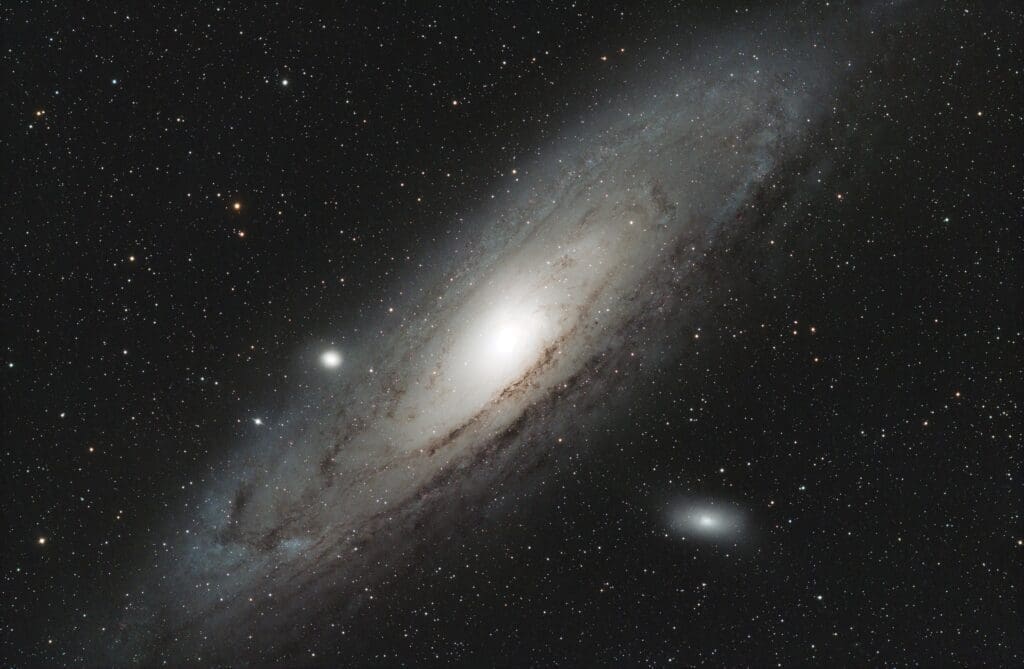
PixInsight Workflow
WBPP Integration with Lights, Flats and Flat darks. Dynamic Crop ->Unlinked Strech ->Image Solver -> SPCC Color Calibration -> EZ Deconvolution -> EZ Denoise -> EZ Soft stretch -> Curves
Here is a screenshot of the downloadable master with unlinked stretch. Compared to an image with no filter, the gradient isn’t terrible overall.
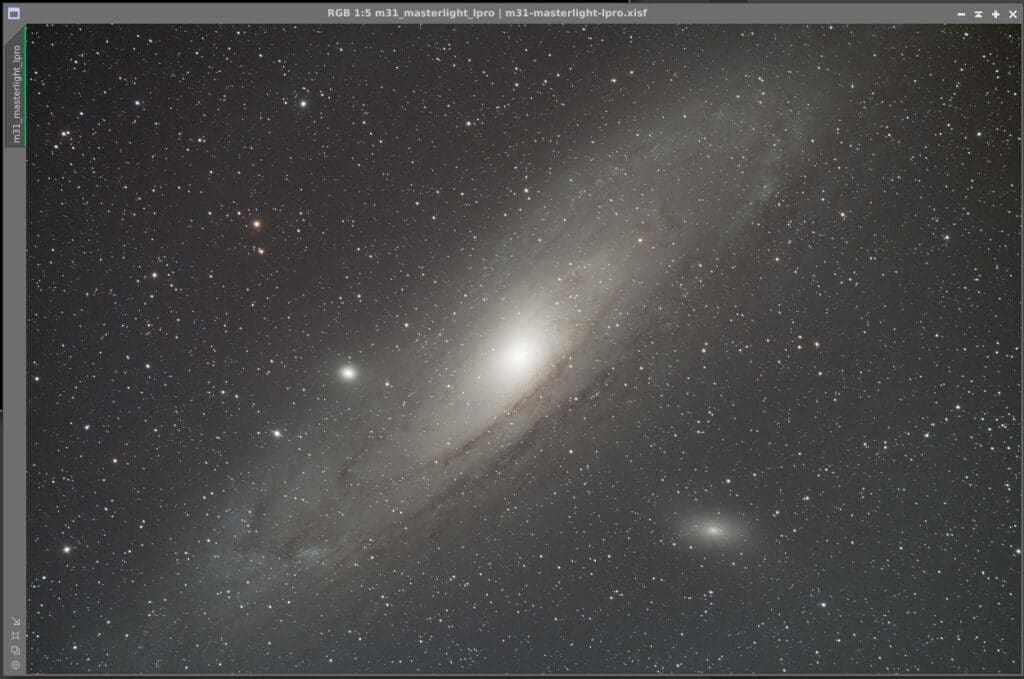
Single Sub Analysis
Seeing wasn’t that great – 80-90% humidity with a bright moon.


Download M31 Data
Download the M31 Andromeda Galaxy with L-PRO stack and experiment with our data.
These are APS-C sized images – 26.1 megapixels captured on an “OSC” cooled astrophotography camera. (One Shot Color). XISF for PixInsight, FITS for other Astronomy tools and TIFF for Photoshop/Gimp are available.

This work is licensed under a Creative Commons Attribution 4.0 International License.
Buy Online
Support our blog by purchasing through our links. Thank you!
Affiliate links & Product Images are from Amazon Product Advertising API.
Wrap-up
Overall, I’d recommend the L-PRO if you live in Bortle 6 or higher skies. I consider it a sound investment for a decent LP filter that can extend your broadband imaging through moon and city light pollution. Obviously, nothing beats dark skies and a new moon – but I do think there is a terrific value in extending your broadband imaging times beyond those new moons that usually have clouds anyway.
Light pollution filters have really come a long way and I’ll update this review/guide as we collect more data. Testing this filter out sure seemed to bring in the curse of the cloud. We’ve been trying to image M31 and M33 for weeks now!
Have any comments or feedback on the Optolong L-PRO Filter? We love reader feedback! Leave a comment below and let us know what you were able to do with our data or what kind of experience you have with this filter.
FAQ
Optolong L-PRO or Optolong L-Enhance
I consider the L-PRO to be a broadband target filter and the L-Enhance (and the L-EXTREME) to be emission nebula / Narrowband filters.
Optolong L-PRO vs Baader moon and Skyglow
the Optolong L-PRO seems slightly less aggressive and the Baader Moon and Skyglow filter. I’ve used the L-PRO to image dark nebula with remarkable success where the Baader tended to soften things more than I liked. We’ll do a comparison review here shortly! (and please note, these filters can vary between cameras, scopes & sensors used!)
What is the benefit of an LP filter
Light pollution is an unwanted signal in astrophotography. Light pollution can cause gradients, soften images, and weaken the background vs object contrast. With an LP filter, you can block some of the traditional “man-made” signals (streetlights) and gain contrast in your imaging by filtering out the unwanted LP signal. In addition to blocking this unwanted LP signal, you can often image longer subs to gather more detail and object signal. With heavy pollution, you saturate your sensor quickly, but with an LP filter, you can take longer subs and collect more data.
Can I use an Optolong L-PRO filter on my Camera?
have used the 2″ and 1.25″ versions with my OSC cameras, however, for DSLR’s, there are clip filters available too.
Is the Optolong L-PRO a Light Pollution Filter?
Yes. The Optolog L-PRO is designed to block common emission lines of Sodium and other light pollution signals. If your city/neighborhood uses modern LED lighting, the effectiveness of this filter may be impacted.
Pin It – Save this post to Pinterest!
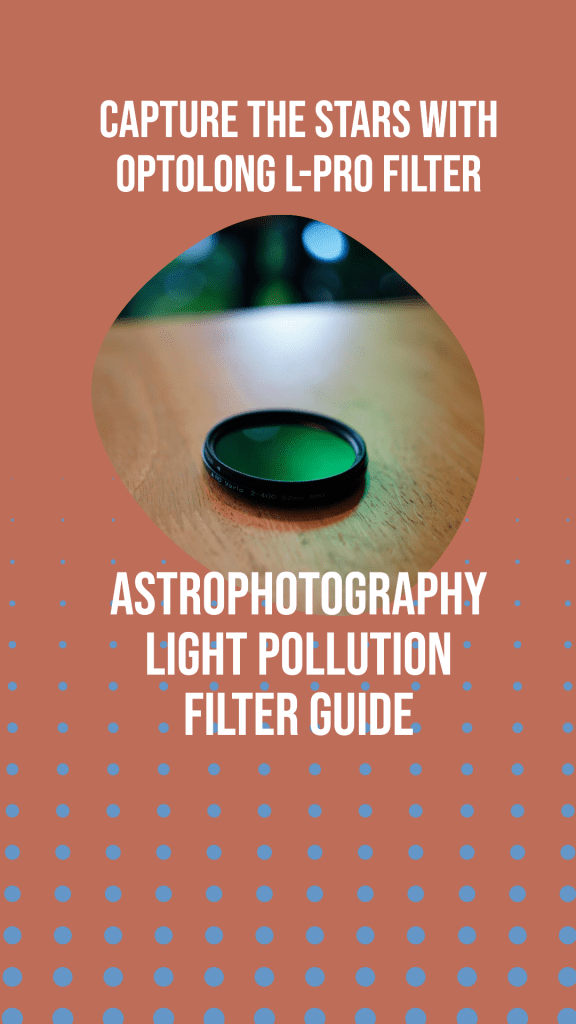

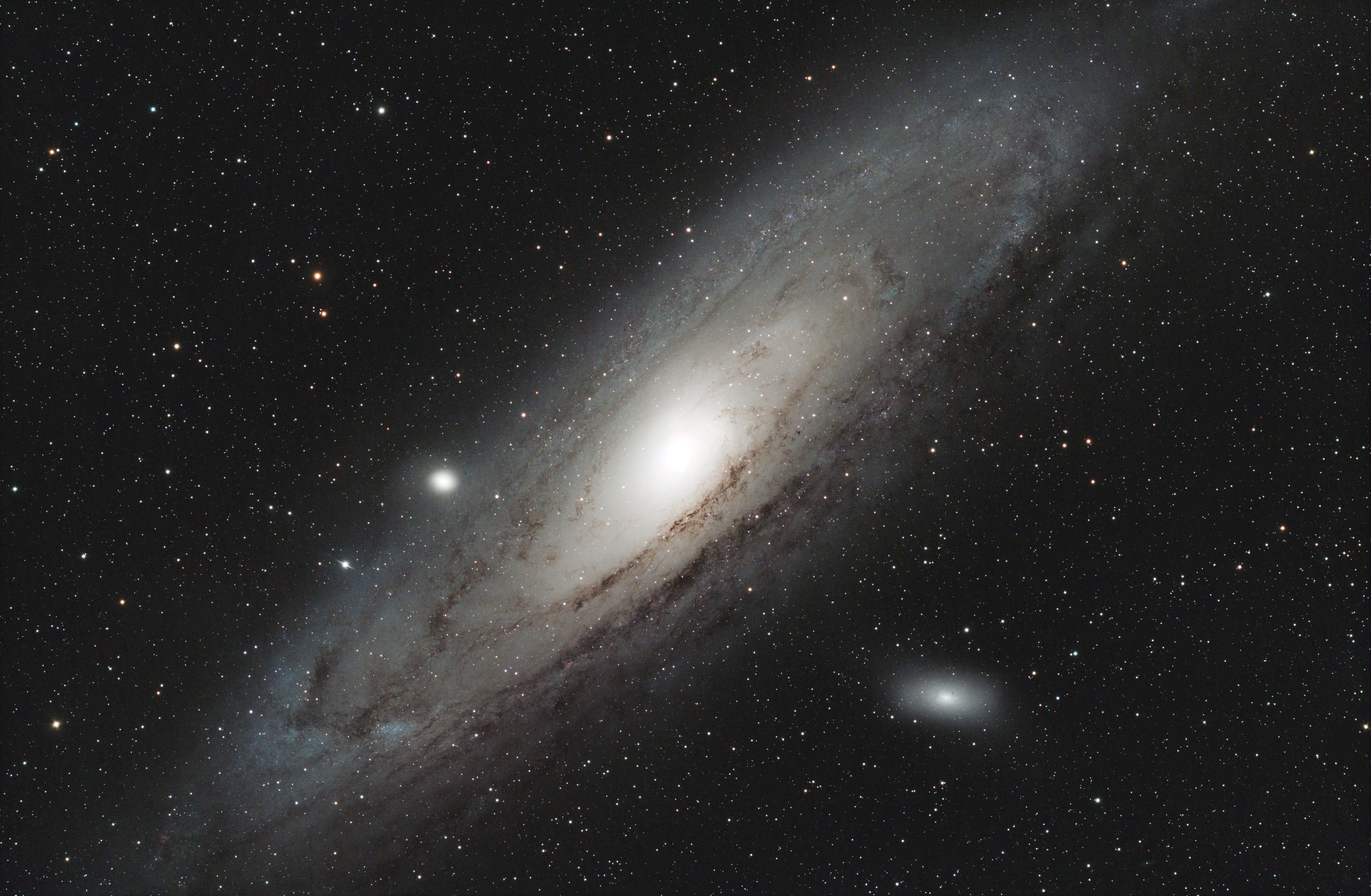

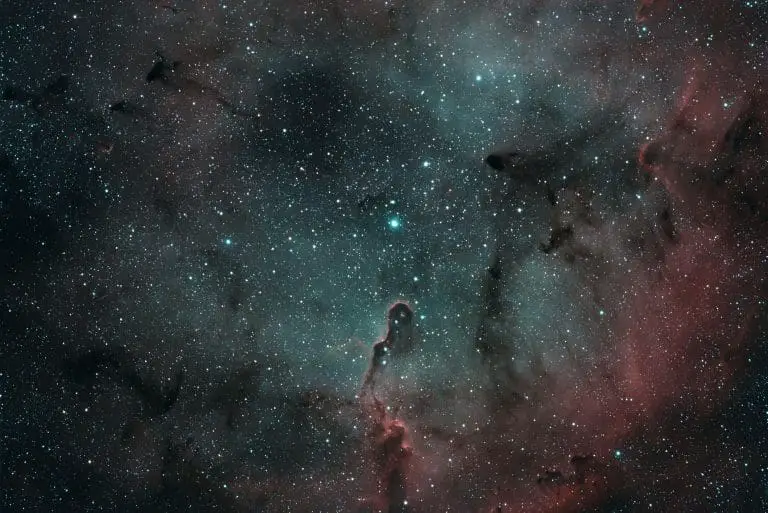
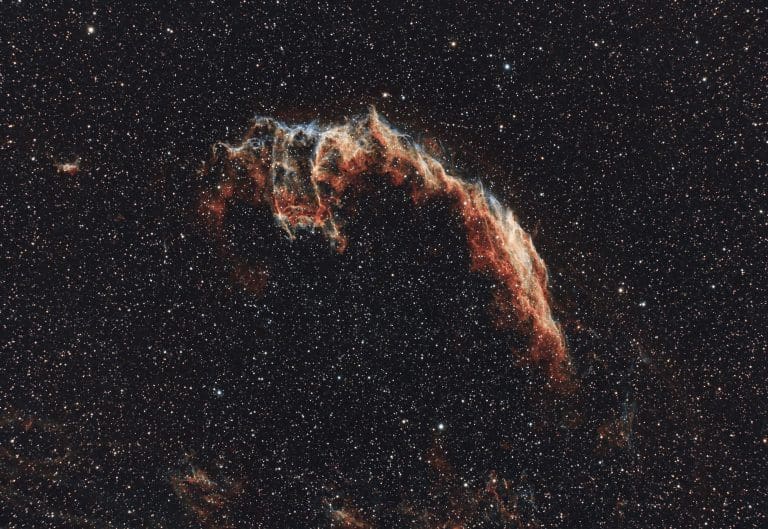
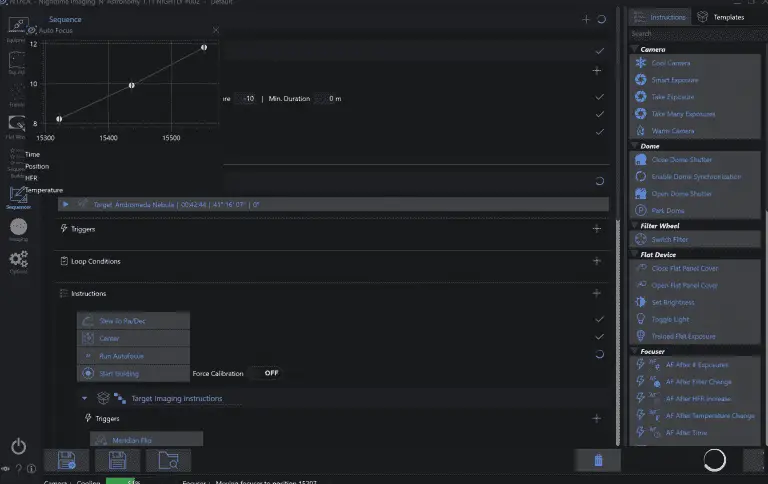
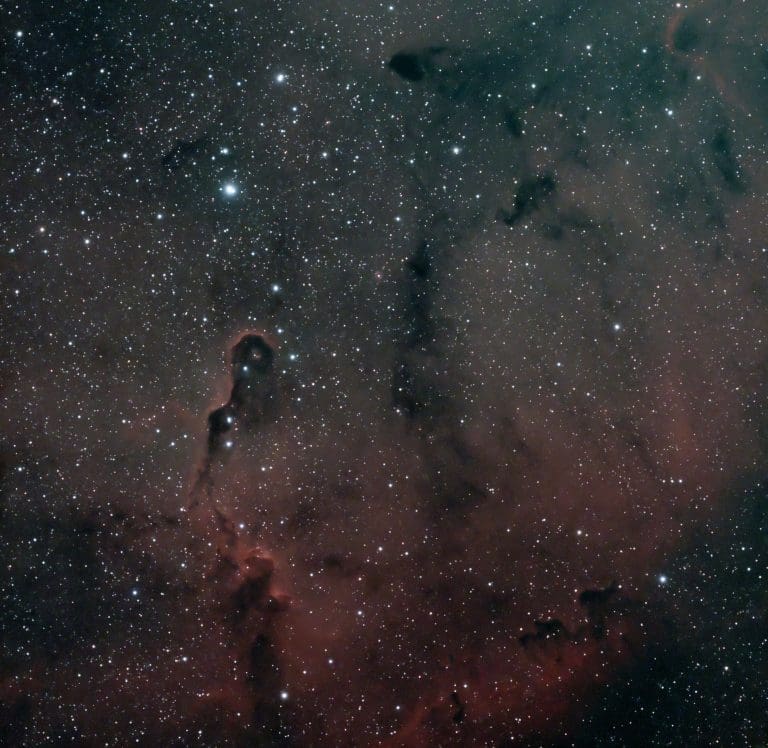
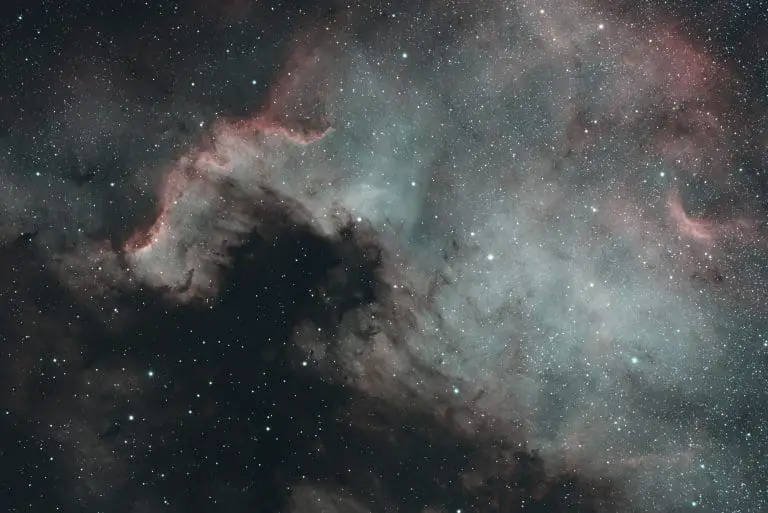
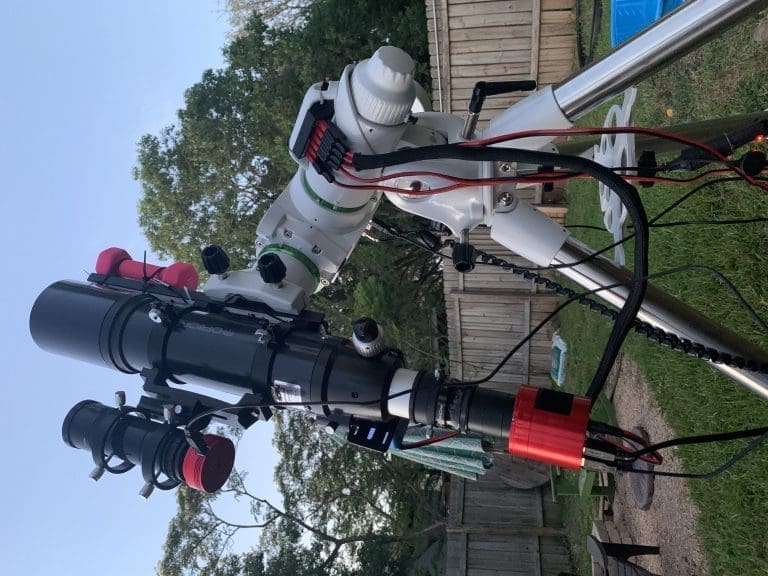
Hi Byron,
Good article on the Optolong L-Pro thanks. I have the ASI2600 as well and wonder if the L-Pro can image on my fast Hyperstar F2 11″ edge without producing significant star-halos on bright stars. I have the new IDAS NBZ dual-band filter and it is fairly narrow at about 10nm for Ha and O3. I also want a gentle wider band filter to maintain star color but not star-halo on the fast scope…
Best,
James